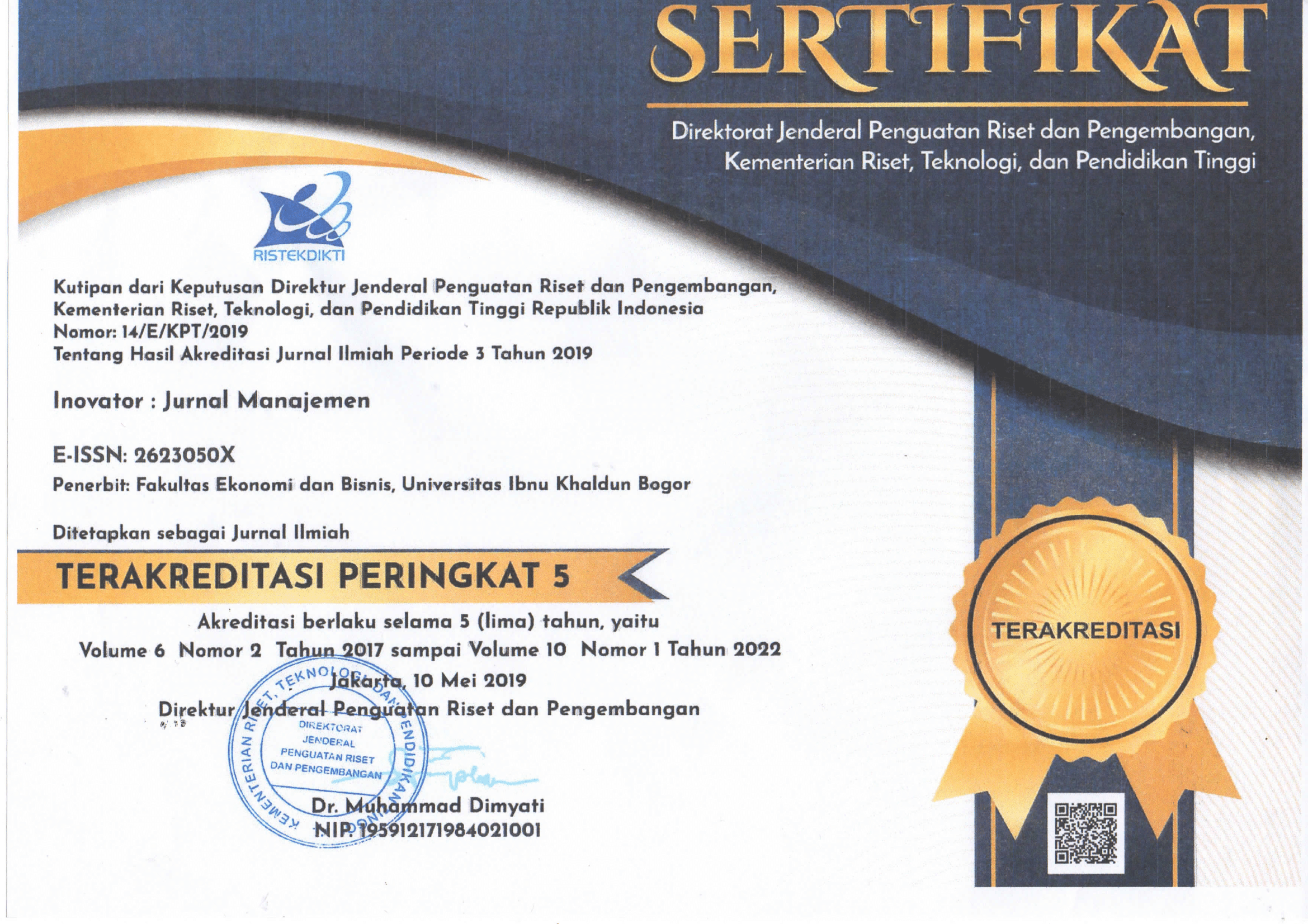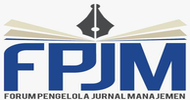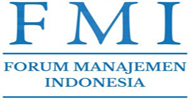FRIKSI PERDAGANGAN DAN PENGARUHNYA TERHADAP ESTIMASI EXPECTED RETURN PADA CAPITAL ASSET PRICING MODEL DI BURSA EFEK INDONESIA
DOI:
https://doi.org/10.32832/inovator.v5i2.632Abstract
The main purpose of this research is to measure trading friction for high frequency financial data at Bursa Efek Indonesia (BEI) and to adjust trading friction to estimate expected return in capital asset pricing model. Trading friction could be measured by quoted half spread, effective half spread, traded half spread and proportional half spread. This research defines trading friction as the difficulties faced by investors in the stocks trading which is sourced from implisit transaction cost. The sources of trading friction are real friction dan informational friction.Based on calculations, it is known that the highest trading frictions derived from the information. These results prove that the average trading friction is equal to 2,35% per year. The estimation results of the expected return on the capital asset pricing model that takes into account the trading frictions can explain the existence of a positive relationship between beta with the expected return on the entire observation period. Through compare mean test before and after adjustment using either proportional quoted half spread or proportional effective half spreads, it can be proved that the trading frictions lead to an increase in the beta.
Downloads
Published
2016-10-07
How to Cite
Nurhayati, I. (2016). FRIKSI PERDAGANGAN DAN PENGARUHNYA TERHADAP ESTIMASI EXPECTED RETURN PADA CAPITAL ASSET PRICING MODEL DI BURSA EFEK INDONESIA. Inovator, 5(2), 1–24. https://doi.org/10.32832/inovator.v5i2.632
Issue
Section
Artikel


























